Conflict in a story is like coffee: it may be ice cold, frothy and fun, or a dark triple espresso that gets readers’ hearts racing. However you serve it, conflict in stories fuels tension, creates intrigue and surprise, and earns emotional investment. Explore the different types of conflict, and seven ways you can use Plottr to amplify yours.
Why is Conflict in a Story Essential?
Conflict is crucial to storytelling. Here are five reasons why:
- Conflict in stories creates rising and falling action. If a story maintains the same emotional intensity throughout, it feels stagnant. Rising tension, setbacks, and climactic moments make stories dynamic and engaging.
- Opposition makes characters grow. Obstacles (whether internal or external) give your characters convincing reasons to change. Without conflict, character arcs feel hollow.
- Conflict raises stakes and urgency. If there’s nothing at risk, nothing that would be painful to lose, why should your reader care? Fights give readers underdogs to root for.
- It makes readers invest. Struggle is relatable. Conflict stirs empathy (but also schadenfreude or picking sides). It appeals to our base level emotions and instincts.
- Conflict rewards readers with twists and surprises. Complications keep readers on the edge of their seats, upping suspense and preventing predictability.
Key Types of Conflict in Literature
Conflict comes in many forms, and people have different styles of conflict resolution, too. Here are some of the most common types:
Person vs. Person Conflict
The classic hero versus villain dynamic. It may be between individuals or groups such as a band of heroes versus a villain and their minions.
Examples from books: Frodo and friends vs Sauron and his allies in The Lord of the Rings, Ernst Stavro Blofeld in Ian Fleming’s “Bond” books.
Person vs. Self Conflict
Internal conflict is defined as the struggles, doubts and flaws that inhibit characters’ progress (but also give them reasons to grow and evolve).
Examples from books: Rodion Raskolnikov’s guilt at having committed murder in Dostoyevsky’s Crime and Punishment. Hamlet from Shakespeare’s Hamlet, tormented to a tragic end by doubts and ghosts.
Person vs. Society Conflict
Person vs society conflict in a story usually involves a struggle between an isolated or alienated individual and a punitive or hypocritical society. The character in conflict with society may be an outcast, rebel, or scapegoat, for example.
Examples from books: Hester Prynne in Nathaniel Hawthorne’s The Scarlet Letter, who is forced to wear a scarlet “A” on her chest for “adultery.” Gregor Samsa in Franz Kafka’s Metamorphosis is another example. His transformation into a critter is symbolic of his alienation from his family and society.
Person vs. Nature Conflict
In stories that feature this type of conflict, characters battle the elements.
Examples from books: In Zora Neale Hurston’s Their Eyes Were Watching God, Janie and her lover, Tea Cake, are separated by a hurricane. In Homer’s Odyssey, Odysseus must survive the elements due to the Gods’ wrath.
Person vs. Supernatural Conflict
This type of conflict sees characters facing ghosts and ghouls, gods, or otherworldly forces.
Examples from books: The kids versus the shapeshifting villain that takes the form of its victims’ worst fears in Stephen King’s It. Or study participants vs ghostly inhabitants in The Haunting of Hill House.
Person vs. Technology
A struggle against machines, a technological dystopia or AI.
Examples from books: A young boy named Tommy versus advanced AI that are indifferent to humanity’s survival in Gardner Dozois’ novella Chains of the Sea. Or David Bowman, an astronaut, versus Hal 9000, a sentient computer that puts the crew at risk in 2001: A Space Odyssey.
Person vs. Fate/Destiny
Conflicts between characters and their fates or prophecies.
Examples from books: In Sophocles’ Oedipus Rex, Oedipus is doomed to commit patricide. In Shakespeare’s Macbeth, the title character’s struggle between ambition and moral hesitation is what leads him on a path towards a tragic fate.
What Do Writers Say about Conflict in Stories?
Writers have written extensively about conflict in literature and stories. Its purpose, pleasure, challenges, and more. Here are a few interesting perspectives:
On conflict as plot-driving challenges that force characters to act:
“You cherry-pick events that are relevant to the story question and construct a gauntlet of challenge (read: the plot) that will force the protagonist to put his money where his mouth is. Think baptism by ever-escalating fire.” Lisa Cron, author of Story Genius.
On conflict’s origins and propensity to scale:
“A conflict begins and ends in the hearts and minds of people, not in the hilltops.” Amos Oz
On peace not meaning the absence of all conflict, but taking dialogue and empathy:
“Peace does not mean an absence of conflicts; differences will always be there. Peace means solving these differences through peaceful means; through dialogue, education, knowledge; and through humane ways.”
On the relationship between conflict, character and mystery:
“Conflict and character are the heart of good fiction, and good mystery has both of those in spades.” Diana Gabaldon.
On conflict being core to lived experience:
““To live is to war with trolls.” Henrik Ibsen
What’s your favorite quote about conflict? Share it below this post.
10 Tips to Make Conflict in Your Story Riveting
So, how can you make conflict riveting in your story? Try these ideas:
- Raise the stakes. Say your hero owes a crime boss money. In addition to this deadline, the villain demands an intolerable forfeit if the hero is late to pay up. Escalating stakes drive a sense of urgency.
- Vary conflict intensity. Conflict should be at the same level: build tension in waves.The structured beats in Plottr’s plot templates will help.
- Make it personal. Conflict should directly impact your protagonist’s goals, values, or relationships. The outcome should matter to them deeply.
- Keep it unpredictable. Throw in unexpected twists and setbacks.The worst complications are the unforeseen.
- Make characters fail. Many Plottr templates describe “Try/Fail” cycles. This is where your character repeatedly tries to achieve a goal, but faces several setbacks.
- Develop strong antagonists. They should be just as motivated as your protagonist. Fully capable of ruining their day.
- Use conflict to reveal your character’s makeup. How someone reacts to conflict tells us who they truly are. Do they lash out at others? Internalize it and express it through self-destructive behavior?
- Weave multiple conflicts. Layering different types of conflict adds depth. After the hurricane, taxes.
- Create moral dilemmas. Give characters tough choices with real consequences.
- Tie conflict to theme. Ensure that your conflicts align with the deeper message of your story. For example, in Crime and Punishment, the protagonist is conflicted in wanting to help a suffering family with the money he gains from committing murder. He hesitates due to the guilt of how he attained this money. His internal conflict shows his conscience and the weight of guilt.
5 Ways to Use Plottr to Amplify Story Conflict
Want to work on amplifying conflict in a story? Here are five ways Plottr will help:
Plan Story Conflicts Using Plot and Scene Templates
There are many templates in Plottr that you can use to map out where conflict occurs in your story. Useful templates that focus on conflict include:
- The Fichtean Curve. This plot template maps a series of crises. It’s useful if you’re writing a story with an episodic structure where characters go from one crisis to another
- Action-Adventure Plot. Another template full of conflict, this option includes battles with villains’ and their henchmen. It’s perfect for Bond or Indiana Jones -type stories
- Piñeiro Screenplay Method. Don’t let the name fool you: this template that takes a character through conflicts until they reach rock-bottom is good for books, too
- Goal Motivation Conflict. A useful scene template for planning what characters want in a scene, why they desire it, and what opposition they must overcome
- Scene Essentials. A nine-part plot conflict worksheet that helps you plot out conflicts, sensory details and more
Try these templates and more now with a free trial.
Color-Code Scenes to see Conflict Arcs at a Glance
In Plottr, because you can color-code scene cards, you can create visual timelines of where the highest points of conflict are in your story.
You could also assign a color to each type of conflict (e.g. a darker, turbulent crimson for internal conflict, a searing blood red for external). That way you can see from your timeline where each type falls in your story and plan better.
Create Multiple Plotlines for Different Conflict Arcs
Since you can have multiple plotlines in the Timeline view, try creating multiple conflict arcs. You could have a timeline for the main conflicts in your story, then another for each character, tracking the evolution of their internal conflict.
With Plottr’s flexibility, you can get as detailed as you like in your planning.
Organize Subplots to Ensure they Add Meaningful Tension
It’s also useful to be able to see key subplots alongside the core conflicts in your story.
Say you’re writing a romantic suspense novel. You could chart the main conflict, such as a killer being on the loose, in the main plotline. Then chart the ups and downs in romantic leads’ relationship in a plotline dedicated to your romantic subplot.
Viewing different sources of conflict side by side may give you ideas for further types of conflict you could bring into your story.
Tag Characters in Conflict-Heavy Scenes for Easy Reference
Use tags to track and organize story conflicts, too. You could have tag categories such as:
- Types of conflict
- Stages of conflict (e.g. “first confrontation,” “second confrontation,” “final showdown”)
- Reasons for conflict (e.g. “Conflict cause: jealousy” or “Conflict cause: misbelief”)
Like with plotlines, you can get as granular in detail as you like. Since you can filter by tags in the Timeline view, they provide a great way to focus in on only the specific aspect of conflict you care about at any given moment.
Get Heated Conflict on the Boil
Conflict is a fire that fuels your whole story. Ready to build yours with structured plot templates and tools to visualize your story better and faster? Try Plottr now.
What was the most gripping conflict in a book you’ve enjoyed? Comment below!
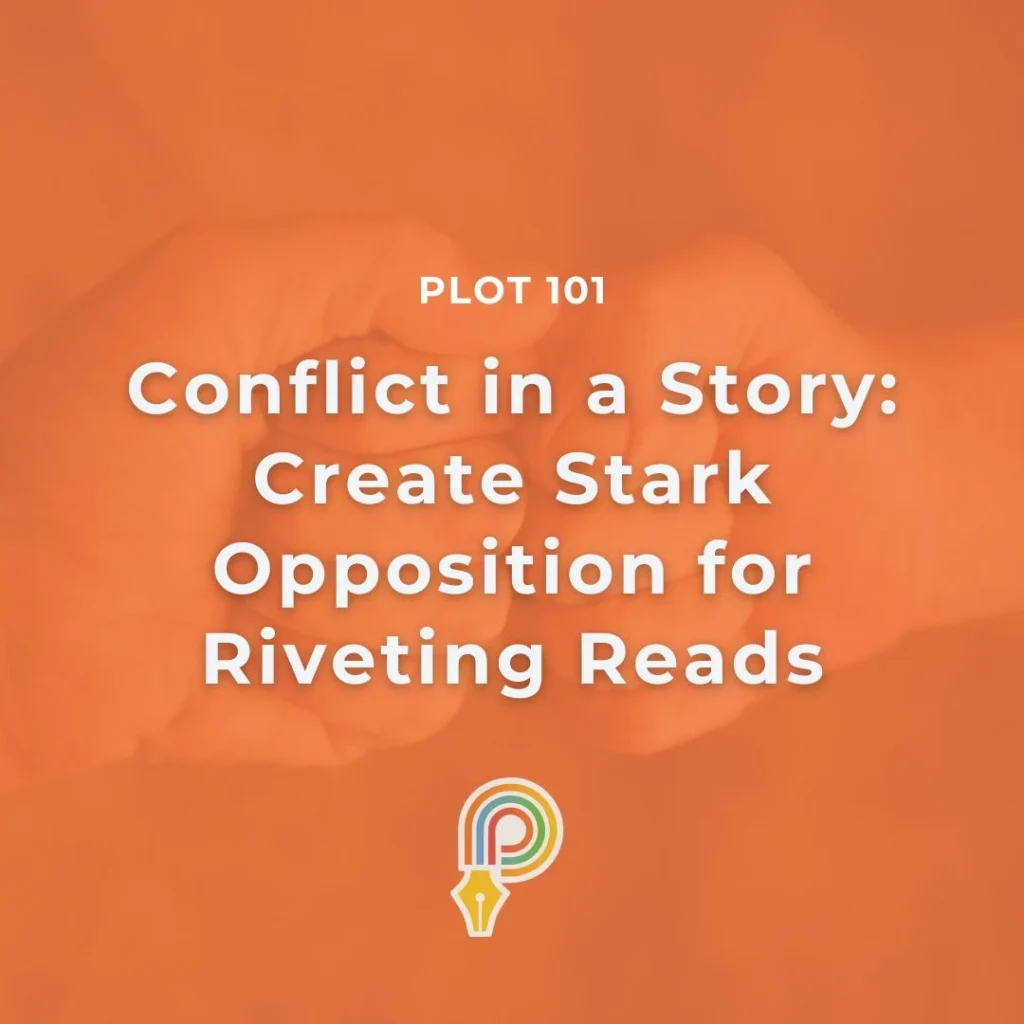

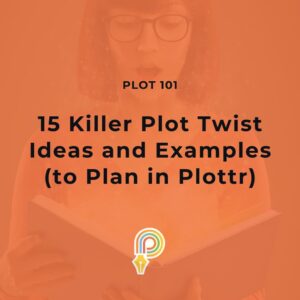
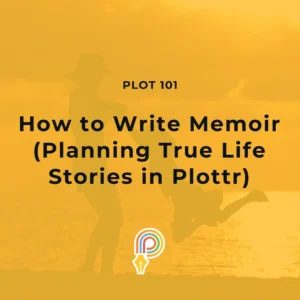

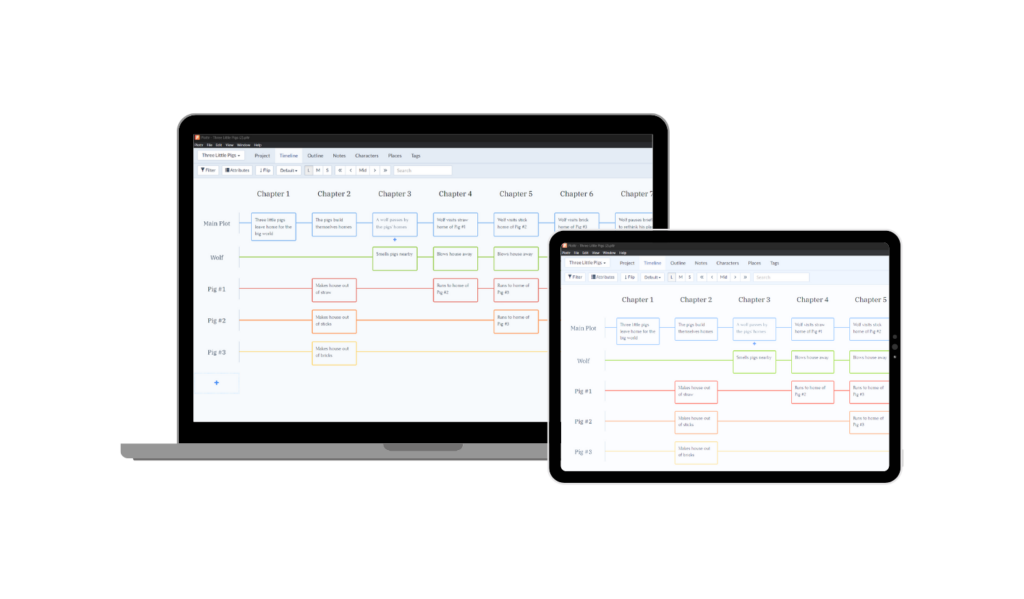
Comments